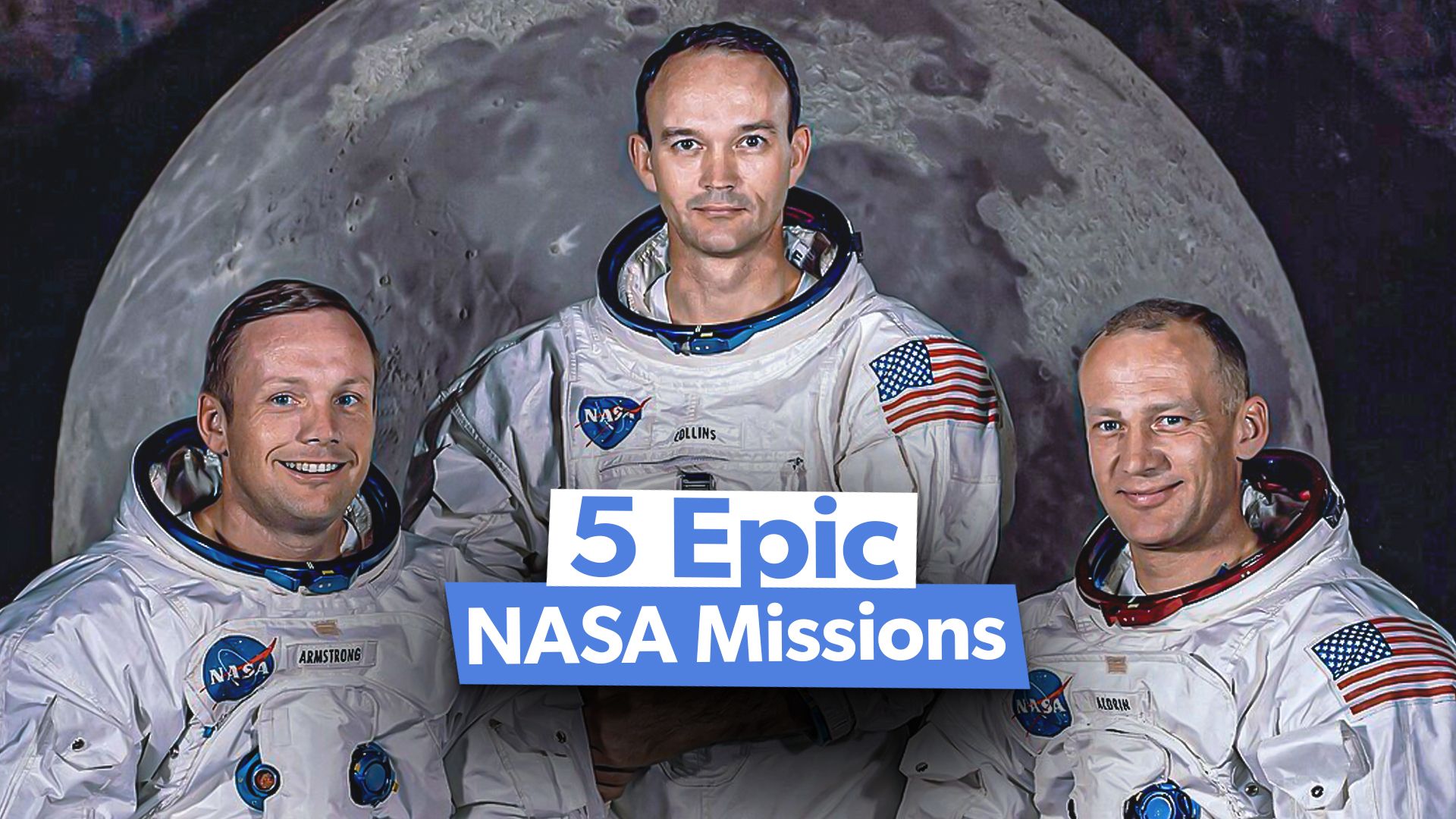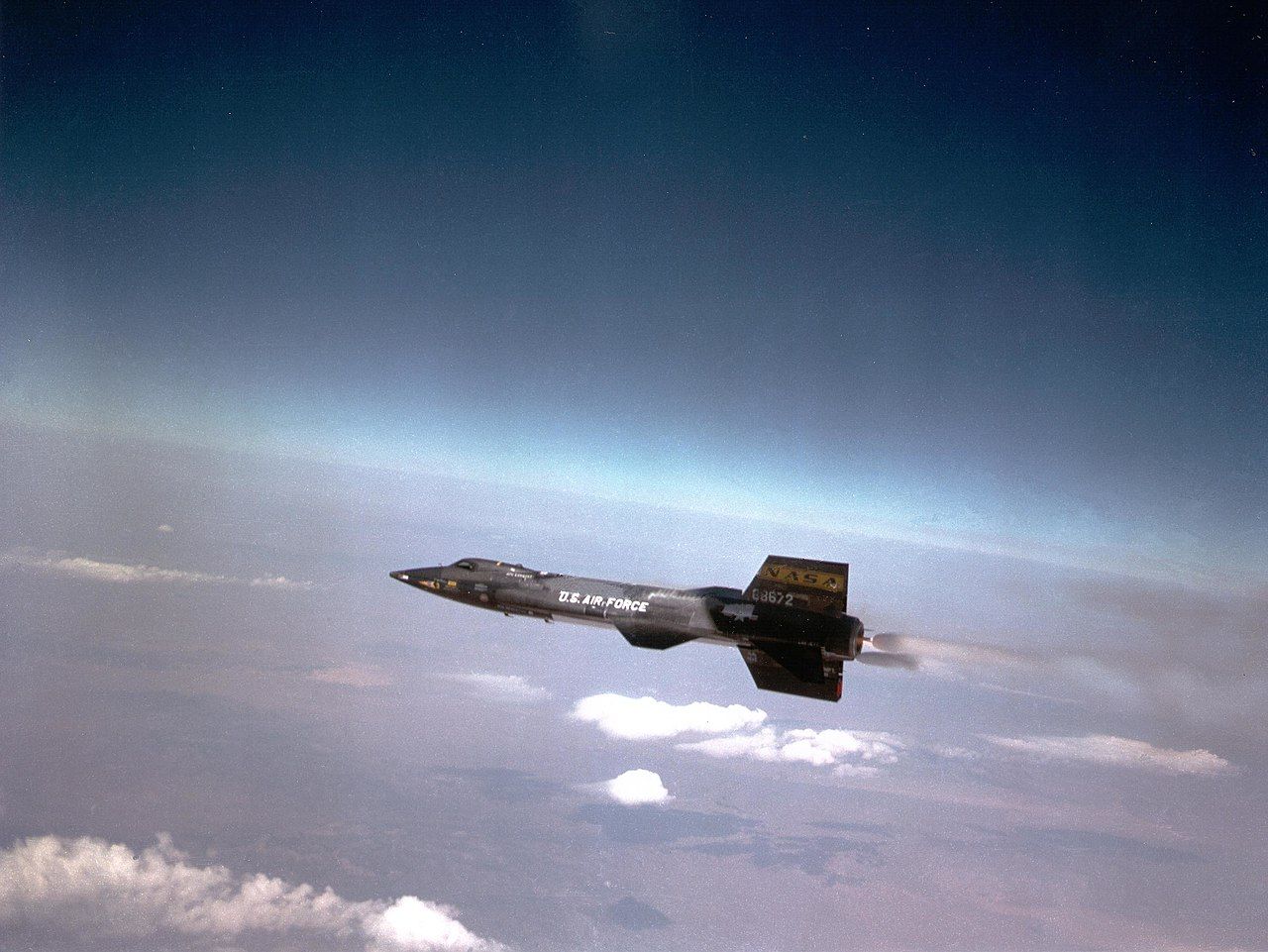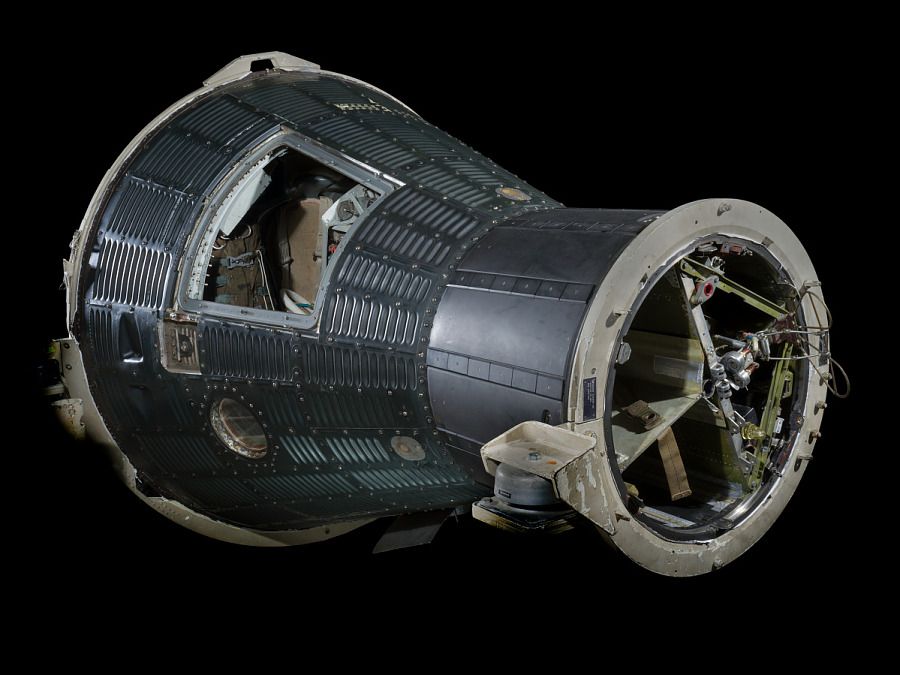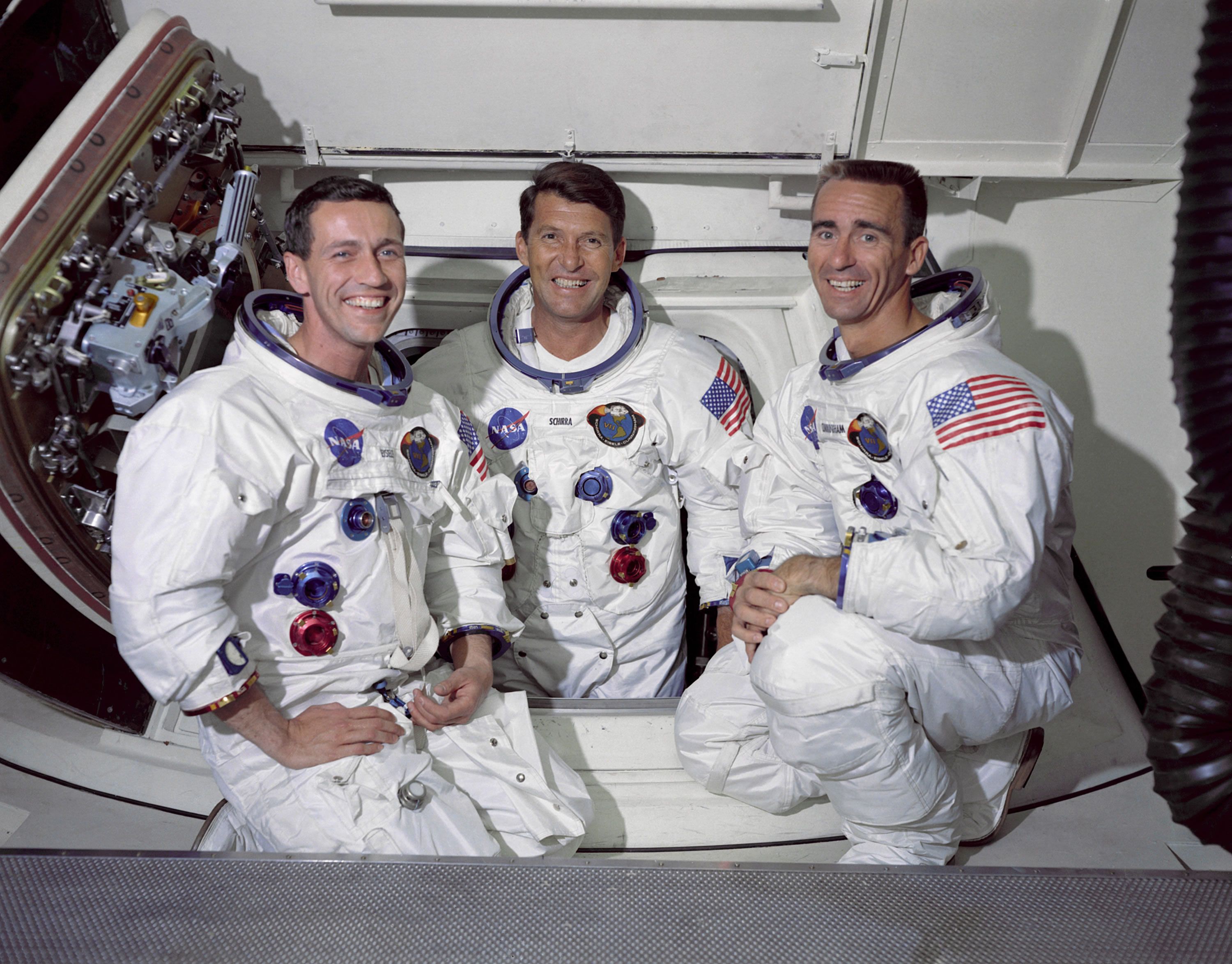Summary
- The X-15 aircraft holds the unbroken record of Mach 6.7 speed at the edge of space – a stepping stone to spacecraft development.
- Apollo 11 made history by landing the first men on the moon: Neil Armstrong and Buzz Aldrin in 1969.
- Artemis 2 aims for a lunar fly-by in September 2025, part of NASA’s program to return humans to the moon with the Artemis missions.
Since its inception, NASA has been at the forefront of space exploration. While the Soviets were the first to put a man in space, NASA followed a few weeks later and has held the lead ever since. Today, private companies like SpaceX are playing leading roles in launching astronauts into space (and apparently rescuing astronauts from space) and in space exploration, but NASA has ambitious plans to return to the moon in the near future.
5
North American X-15 with William J. Knight
Knight set the unbroken record of Mach 6.7 at the edge of space
|
Spacecraft: |
X-15 (rocket aircraft) |
|---|---|
|
Date: |
June 8, 1959 (First flight); October 3, 1967 (Mach 6.7 record) |
|
Notable for: |
Edge of space flight, unbroken speed records |
The X-15 hypersonic rocket-powered aircraft sits at a strange juncture between aircraft and spacecraft. It was built as a stepping stone to space flight and was only ever intended to be an experimental craft. The X-15 was operated by both the Air Force and NASA and set a number of records – some of which remain unbroken today. Notably, its Mach 6.7 speed remains the record for a crewed, powered aircraft.
Photo: US Air Force
The X-15 crossed the edge of outer space and helped America develop its spacecraft. In all, 12 pilots flew some 199 flights – including one Neil Armstrong, who would go on to be the first to walk on the moon. A total of three X-15s were built, of which two crashed. One was damaged, and the pilot survived, while the other was totally destroyed, killing test pilot Major Michael J. Adams.
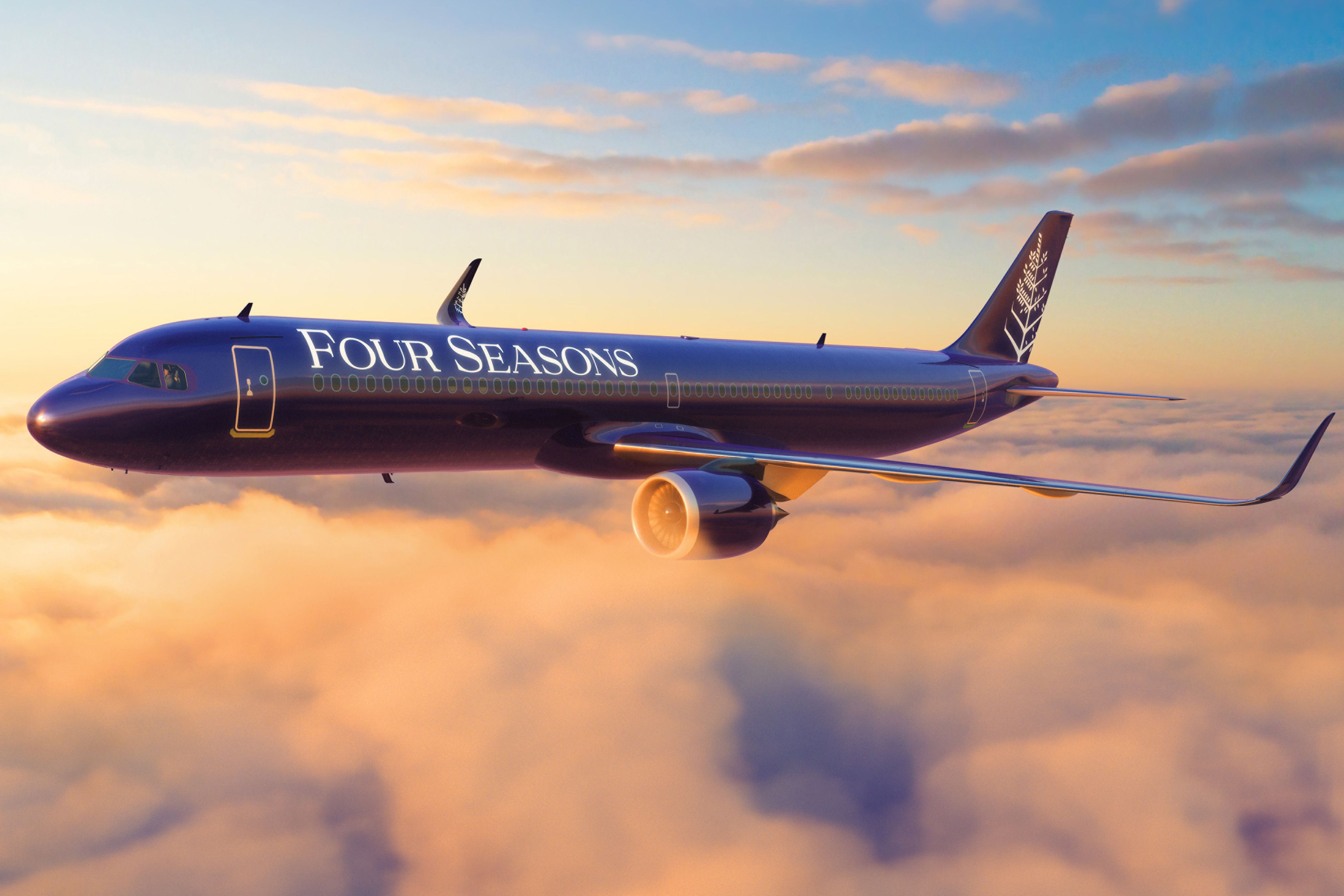
Related
Love Space? These Private Jet Experiences Let You Stargaze Like Never Before
These are several charter and commercial flights that allow you to see significant astronomical events.
4
Project Mercury’s Alan Shepard
Shepard became the first American in space in April 1961
|
Spacecraft: |
Freedom 7 |
|---|---|
|
Date: |
April 12, 1961 (program 1958 to 1963) |
|
Notable for: |
first American in space |
On April 12, 1961, Soviet pilot (cosmonaut) Yuri Gagarin famously became the first man in space. Just a few weeks later, Alan Shepard became the second man in space (and the first American in space). Allan Shepard joined the nascent astronaut program in 1959. He piloted NASA’s Mercury Program spacecraft Freedom 7 and flew 300 miles and 15 minutes in a suborbital flight.
Photo: Air and Space Museum
Project Mercury ran from 1958 to 1963 and was one of the early highlights of the Space Race. It was one of the first major projects of the newly-formed civilian space agency NASA. The program conducted 20 uncrewed developmental flights (including some with animals) and six manned flights. Almost a decade later, Shepard returned as an Apollo astronaut and became the oldest man to walk on the moon.
_and_911_(rear).jpg)
Related
The Story Of NASA’s Boeing 747 Shuttle Carrier Aircraft
The two Boeing 747s were involved in many ferry flights on behalf of NASA.
3
Apollo 7’s Schirra, Eisele, & Cunningham
NASA launched the first crewed Apollo mission in October 1968
|
Spacecraft: |
Apollo CSM-101 |
|---|---|
|
Date: |
October 11-22, 1968 |
|
Notable for: |
First successful manned Apollo mission |
While Apollo 1 had been intended to be the first crewed Apollo mission, a fire tragically killed the crew during a rehearsal. Later, Apollo 7 became the first crewed flight of NASA Apollo program. The three crew on the mission were Walter M. Schirra (commander), Doon F. Eisele (command module pilot), and R. Walter Cunningham (lunar module pilot).
Photo: Air and Space Museum
The National Air and Space Museum states of the mission, “The crew orbited the Earth 163 times and spent 10 days and 20 hours in space. This mission was the first opportunity to test the first of the new Block II spacecraft (CSM 101) in orbit. The only significant difficulty in the mission was the fact that all three astronauts developed severe head colds.”
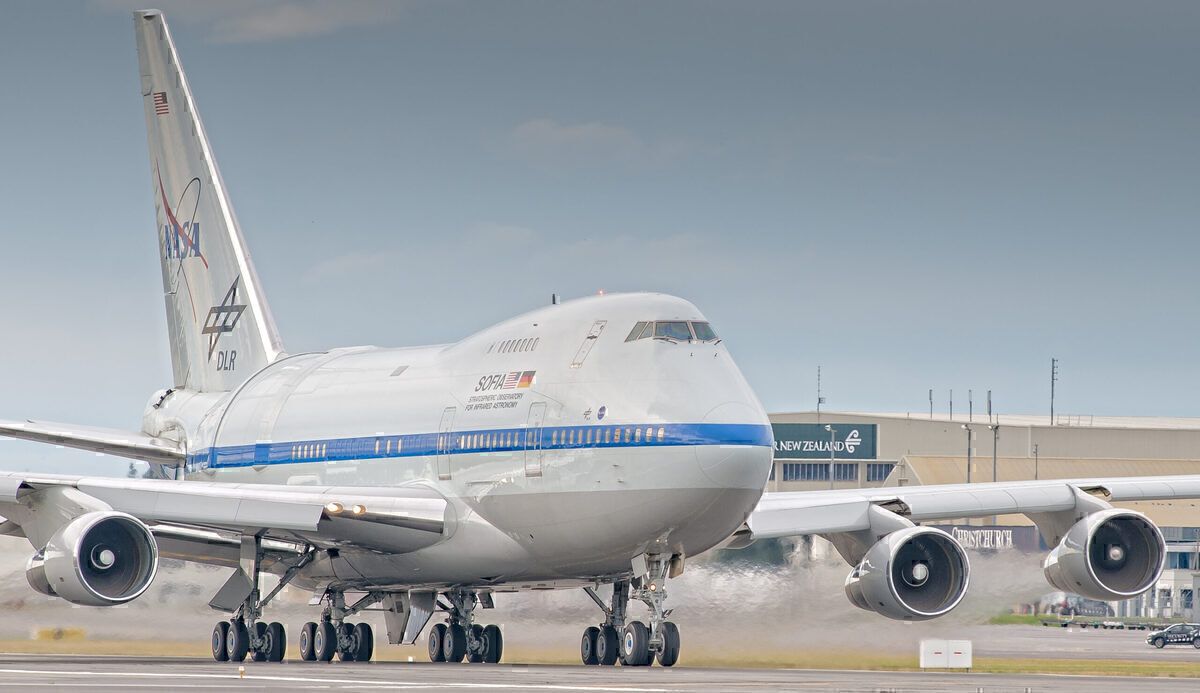
Related
NASA’s Boeing 747 Telescope Finds Water On The Moon
2
Apollo 11’s Neil Armstrong
Apollo 11 landed the first men on the moon on July 20, 1969
|
Spacecraft: |
Apollo Lunar Module Eagle |
|---|---|
|
Date: |
July 16–24, 1969 |
|
Notable for: |
first man on the moon |
Apollo 11 is undoubtedly the most famous space mission in history. It was the first mission to land a man on the moon. The astronauts included Commander Neil Armstrong and Lunar Module Pilot Buzz Aldrin. These became the first men to land on the moon (Aldrin became the second man on the moon 19 minutes after Armstrong).
Additionally, a third pilot, Michael Collins, flew the Command Module Columbia in lunar orbit but did not step on the moon. Apollo 11 was launched by a Saturn V rocket and was the fifth crewed mission of NASA’s Apollo program. In all, six crewed landings were made as part of the Apollo program between 1969 and 1972.
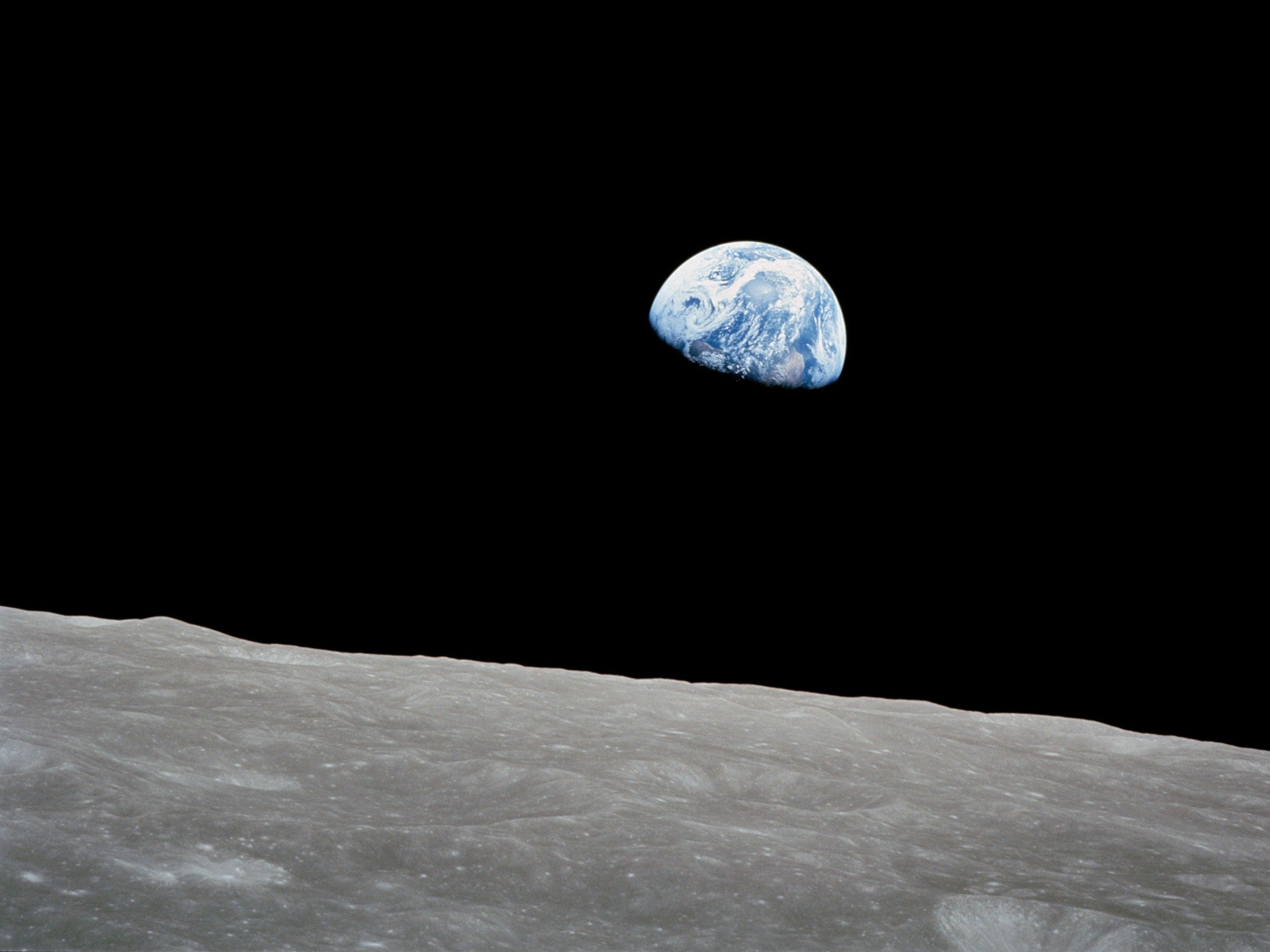
Related
Apollo 8 Astronaut & Heritage Flight Museum Founder William Anders Passes Away
The photographer behind “Earthrise” has passed away, but that was not Bill Anders’ only contribution to aerospace history.
1
Artemis 2’s Koch, Wiseman, Glover, Hansen
The Artemis 2 moon fly-by is scheduled for September 2025
|
Spacecraft: |
Orion (later Starship HLS) |
|---|---|
|
Date: |
September 2025 (planned) |
|
Notable for: |
First lunar fly-by since the Apollo mission |
Boeing recently announced that it had delivered the Artemis 2 rocket stage to NASA. Artemis is NASA’s program to return humans to the moon, eventually set up a colony there, and press on to Mars. The first Artemis mission (Artemis 1) was uncrewed, and Artemis 2 will be the first crewed mission.
While the mission will not actually land on the moon (the future Artemis 3 will), it will fly by the moon. On board will be Christina Koch – destined to be the first woman to fly by the moon. The three other crew include Reid Wiseman, Victor Glover, and Canadian Jeremy Hansen. If everything goes as planned, the first return crewed lunar landing will occur in 2026.

